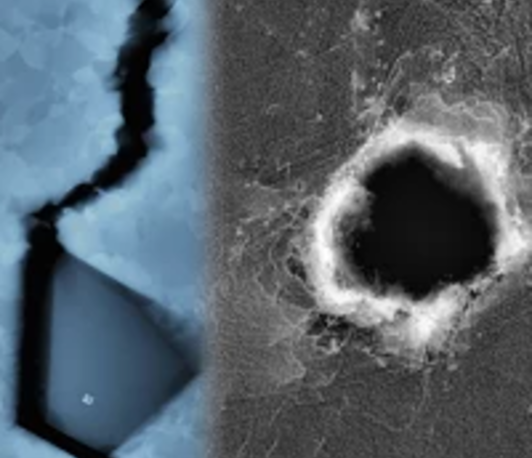Deuterium retention studies in displacement damaged tungsten in order to gain understanding of the phenomena involved to predict fuel retention in future devices
- Date: Feb 27, 2024
- Time: 02:00 PM - 03:00 PM (Local Time Germany)
- Speaker: Dr. Sabina Markelj
- Jožef Stefan Institute, Jamova cesta 39, 1000 Ljubljana, Slovenia
- Location: Max-Planck-Institut für Eisenforschung GmbH
- Room: Large Conference Room No. 203
- Host: on invitation of Dr. Jazmin Duarte and Prof. Gerhard Dehm

In the search for new energy sources, nuclear fusion of deuterium and tritium is one of the most promising options for human kind. However, thermonuclear fusion has set an enormous challenge to theory, experiment and technology due to the harsh environment that will take place in a future nuclear fusion reactor: 14 MeV neutron irradiation, helium accumulation and hydrogen isotope (HI) implantation, taking place at the same time and mutually influencing each other. Tritium self-sufficiency is one of the major prerequisites. For this reason, a macroscopic understanding of the phenomena involved is needed in order to predict transport and retention of fuel in future devices. I will give an overview on the knowledge gained so far for tungsten, the material chosen because of its good thermal conductivity, high melting point, low sputtering yield and low HI retention. I will show how laboratory studies addressing the synergism between displacement damage creation and presence of HIs [1-3] help in understanding the phenomena and to what extent they can be used to extrapolate to a future fusion reactor. I will also present new developments of ion beam techniques in order to study lattice disorder and position of trapped deuterium in the tungsten lattice.